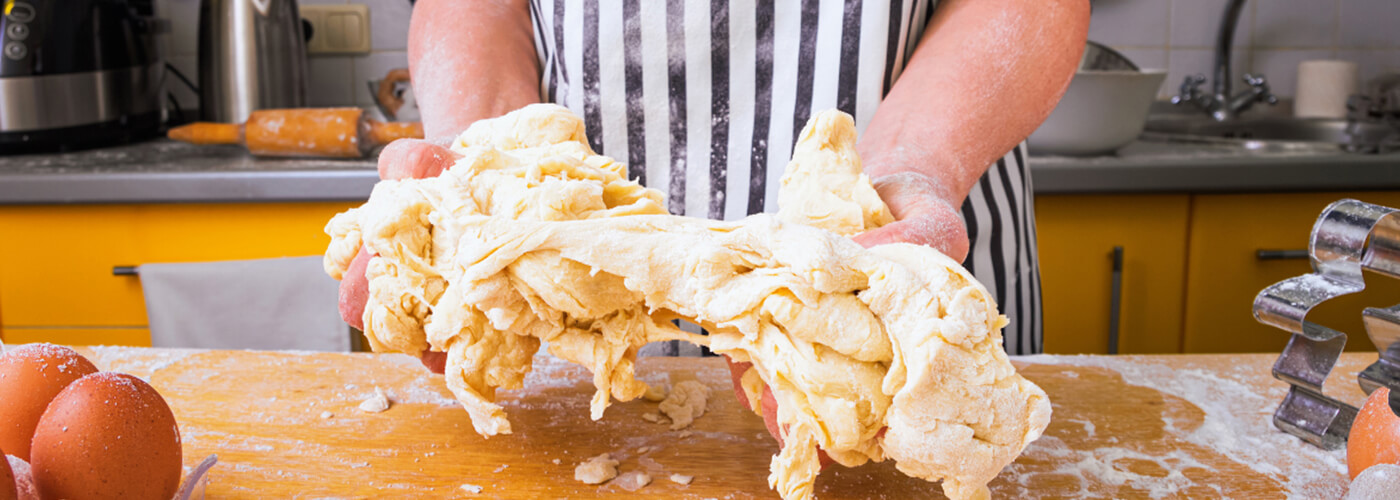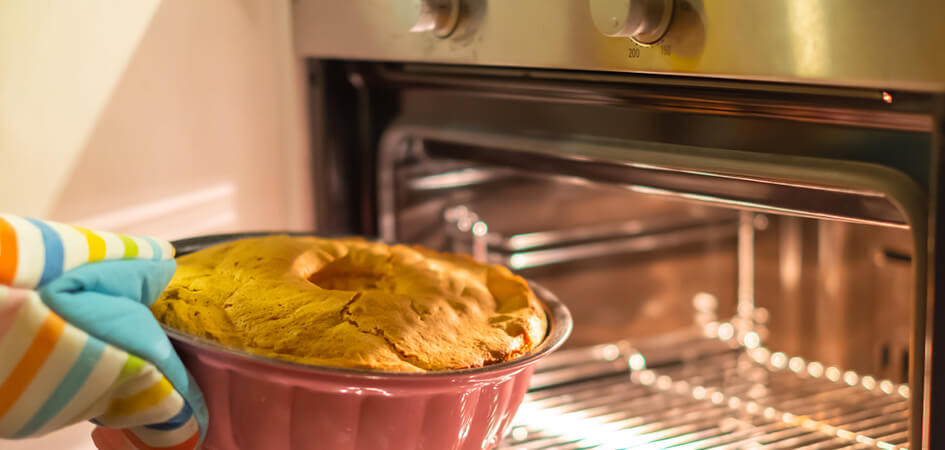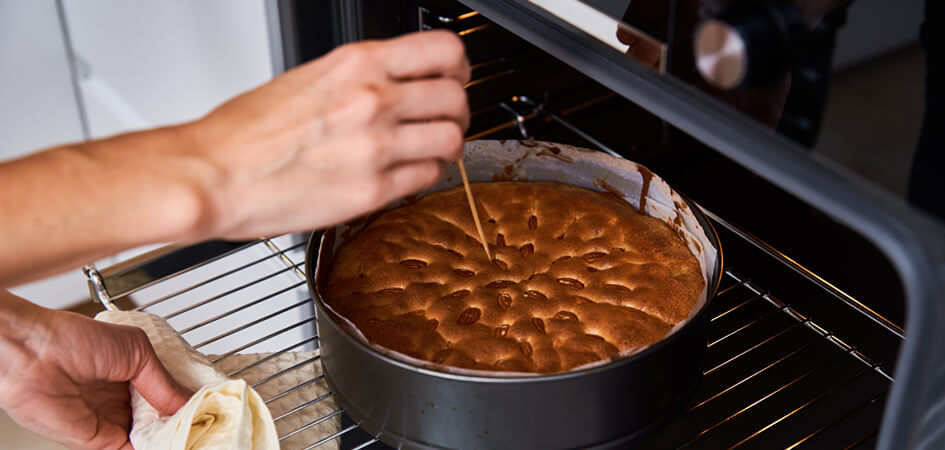
Baking, when done right, can be a relaxing and satisfying process. And when the act delivers loads of freshly baked treats, there’s zero doubt! But the tiniest blunder or error can result in a disheartening item or a fail. Following are the few baking blunders many bakers end up making. So we put up a list of most common errors and their of solutions for you.

1. Insufficient baking or overbaking
SOLUTION: Complete preheating
Make sure the oven is completely warm before starting to bake. It is common for people to forget to preheat the oven. Also avoid opening the door during the baking process until your oven has achieved the ideal temperature.

2. Cake is either too dry or too wet
SOLUTION: The ‘Toothpick’ method
An overbaked cake will be dry, while an underbaked cake will have a mushy center.
If your cake is dry, use a toothpick and pierce some small holes on top of the cake and brush it with sugar syrup to moisten it. Reduce the oven temperature by 20-25 degrees, cover the top of the cake with foil, and bake for a few minutes more until an inserted toothpick in the center comes out clean.

3. Cake doesn’t rise
SOLUTION: Expiry of ingredients
If the dough doesn't rise, the yeast you used has most likely expired and you'll have to start from scratch.

4. Batter or dough has unusual texture
SOLUTION: Get correct measuring/weighing tools
If your batter or dough has an unusual texture, it could be due to one of the two biggest flour mistakes: over-flouring or failing to allow it to acidify. Instead of digging the cup into the bag to scoop out flour, use a spoon to avoid over-packing the flour. To get the finest results, always use a kitchen scale to get precise measurements. When you use tools, make sure you level the cup on top with a palette knife or a regular knife to ensure you haven’t picked any extra flour. Inexperienced bakers also make the mistake of missing the flour sifting phase due to a lack of time or equipment. This step, however, is necessary for flour aeration, which minimizes clumping by allowing the flour to equally combine with the liquid ingredients.

5. Cookies aren’t perfect
SOLUTION: Keep the temperature and consistency of dough in check
The key to a perfectly formed cookie is temperature. Cookies made with dough that’s too cold will be rounder, thicker, less crunchy and could end up with blackened bottoms. Cookie dough that is overly warm, may spread excessively while baking and lose shape completely.
Allow 30 minutes for your dough to rest at room temperature before baking, then bake on a pan that is at room temperature. If your cookies aren't overbaked but still hard, try baking them on parchment paper instead of a greased cookie sheet, particularly if you're using a darker cookie sheet.
Also, make sure you're using room-temperature butter and eggs in your dough, and that it hasn't become too heated before baking, if your cookies are spreading too much.)
When a recipe calls for room-temperature butter, milk, or eggs, don't cut corners by skipping the step. Instead, set your ingredients out on the counter to come to room temperature before beginning the baking process.
